RARE! Original Antique 1839 Hand Written Ink Historical Manuscript Document


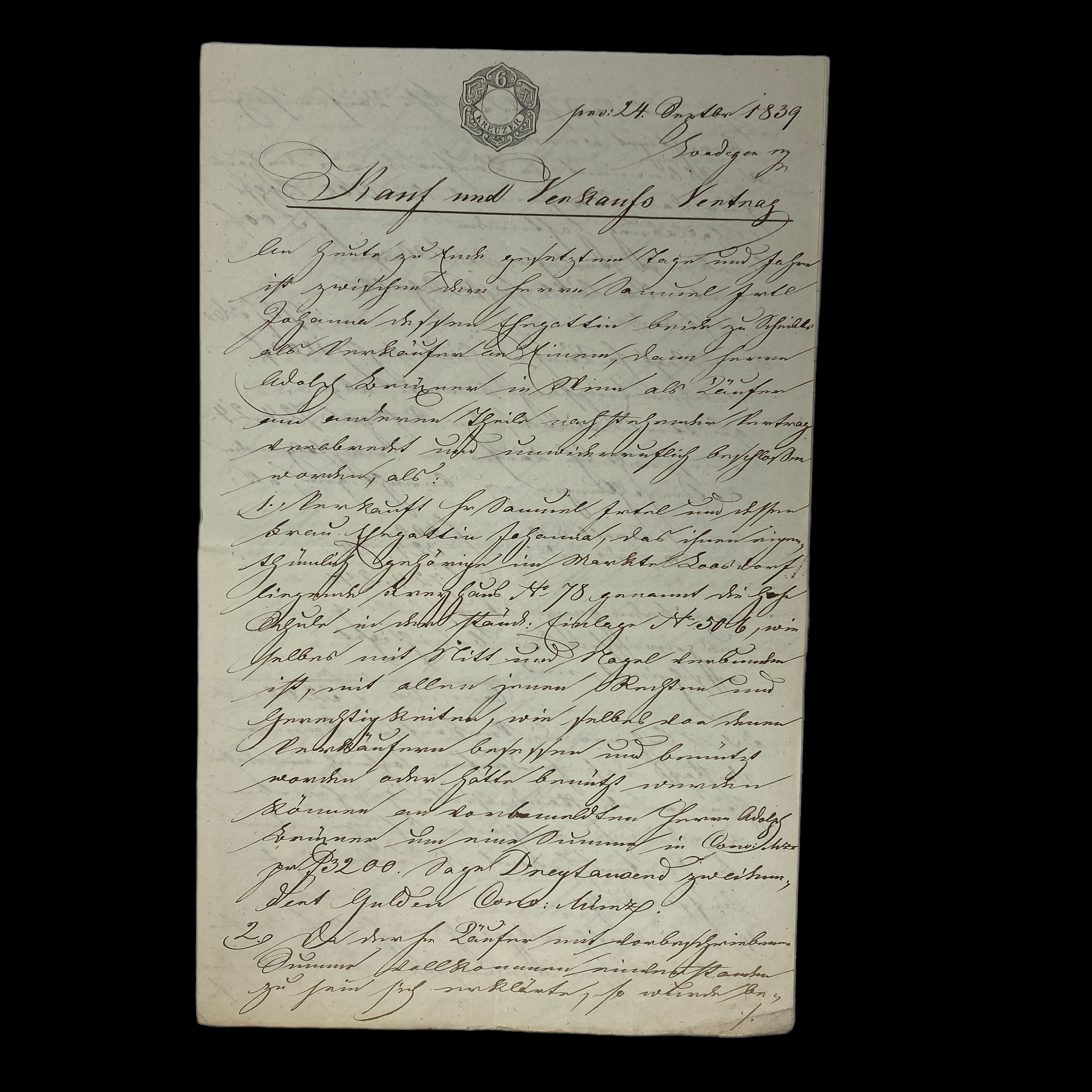


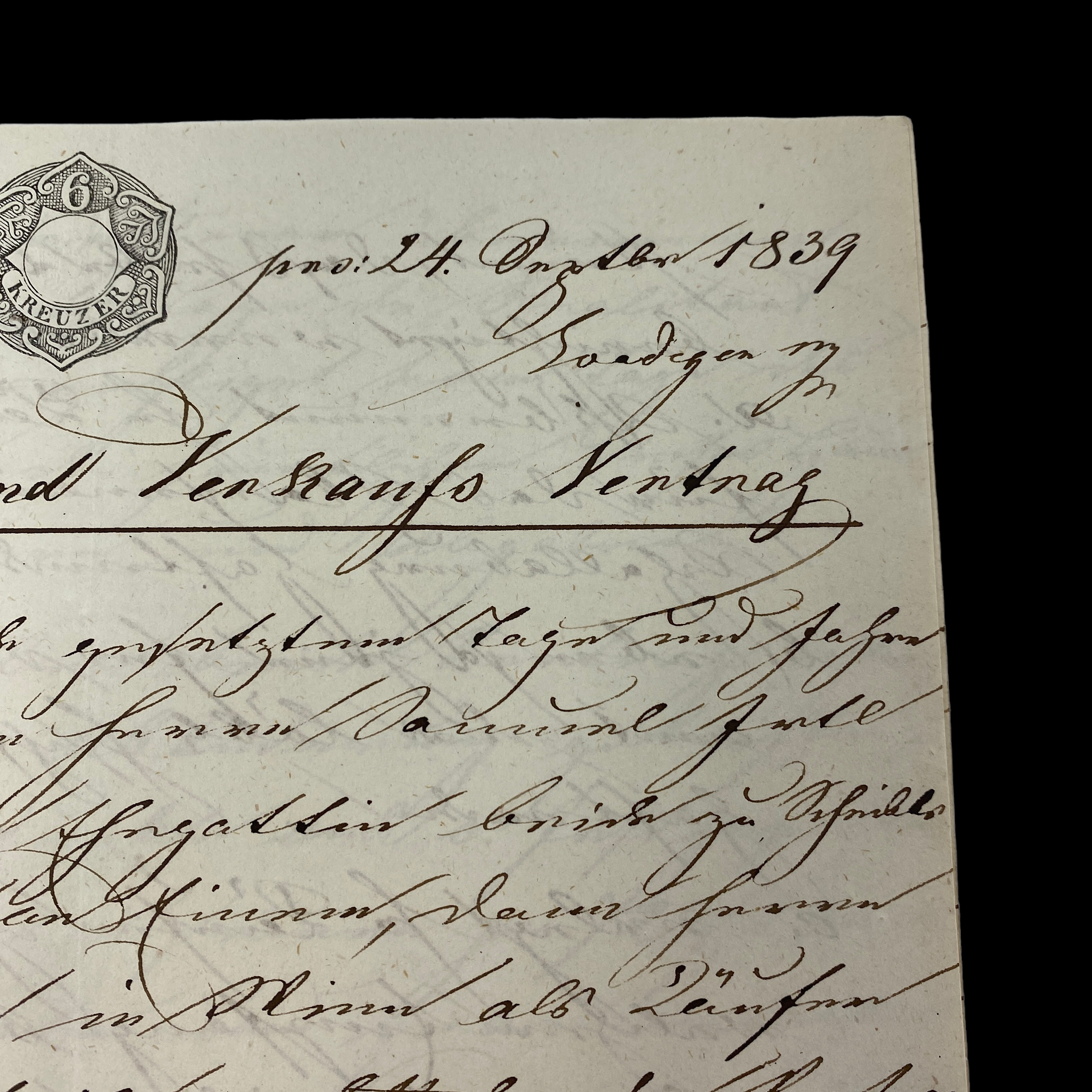
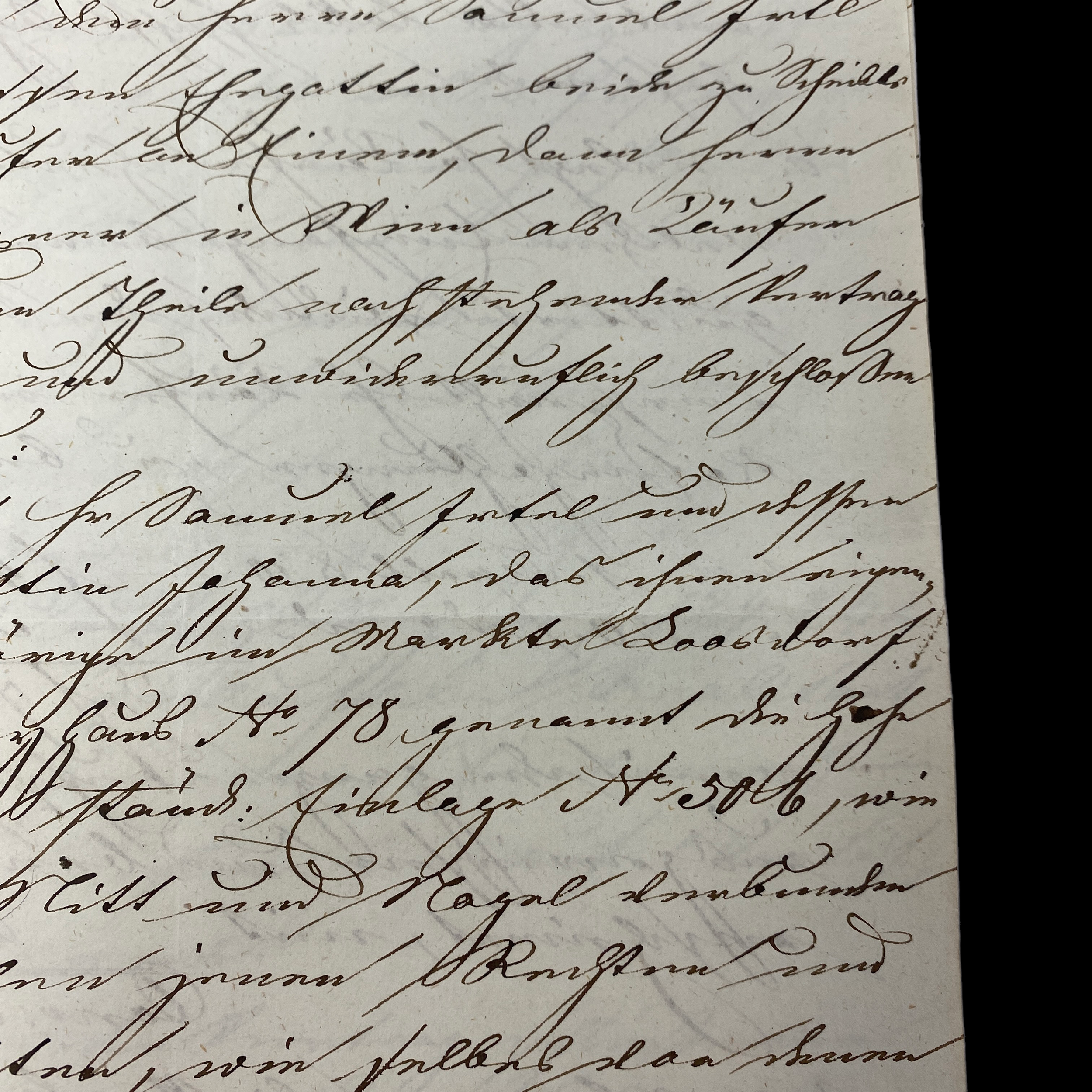
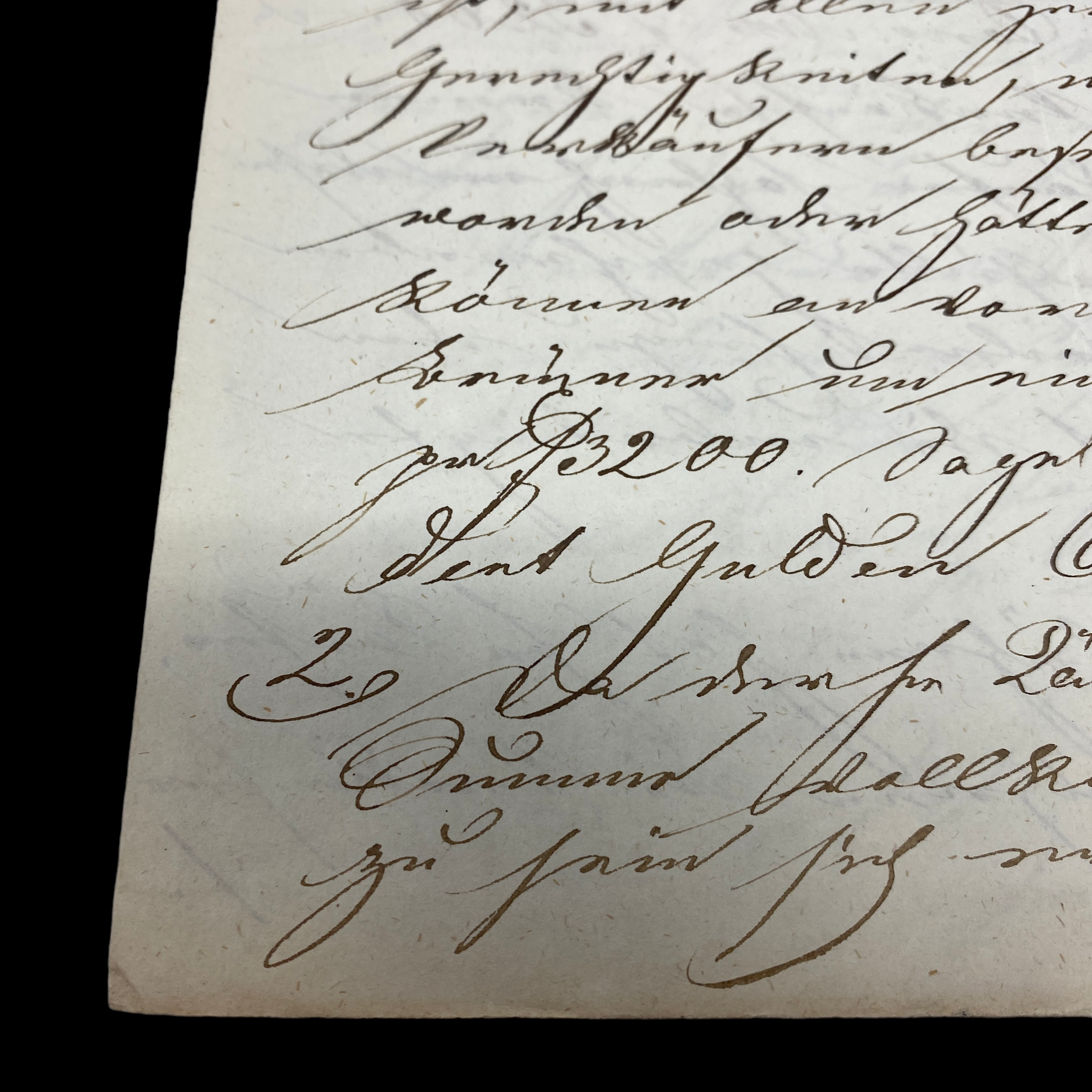
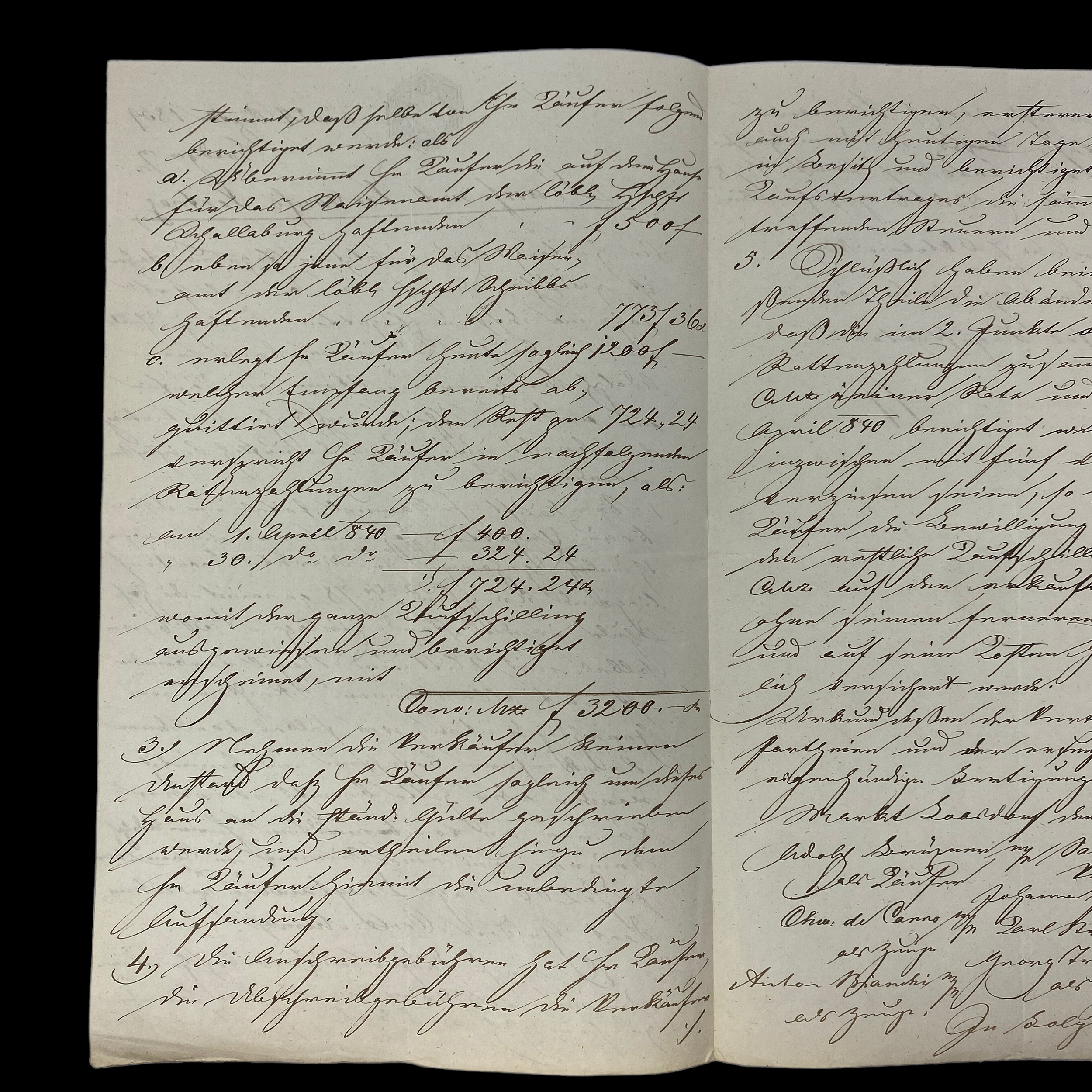



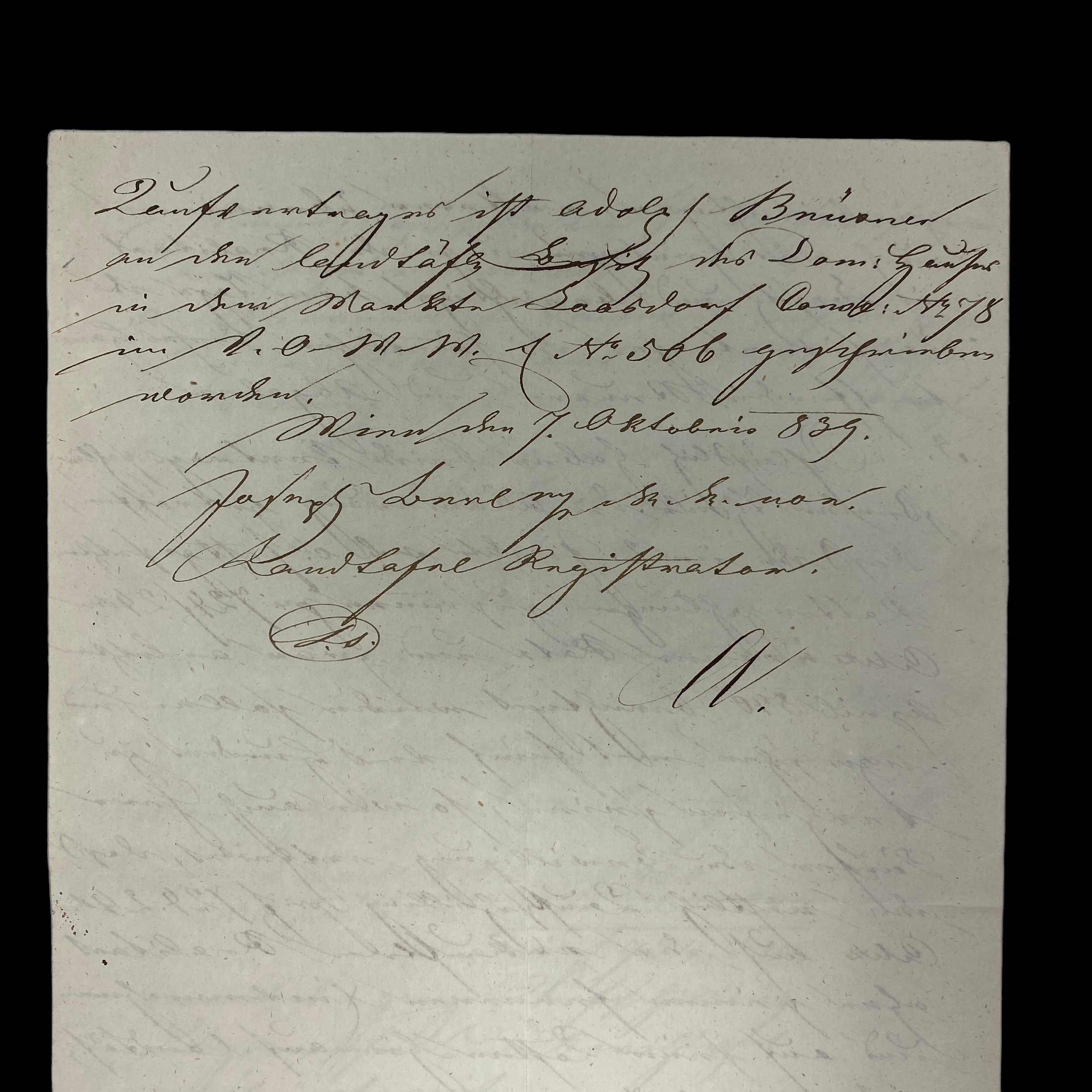
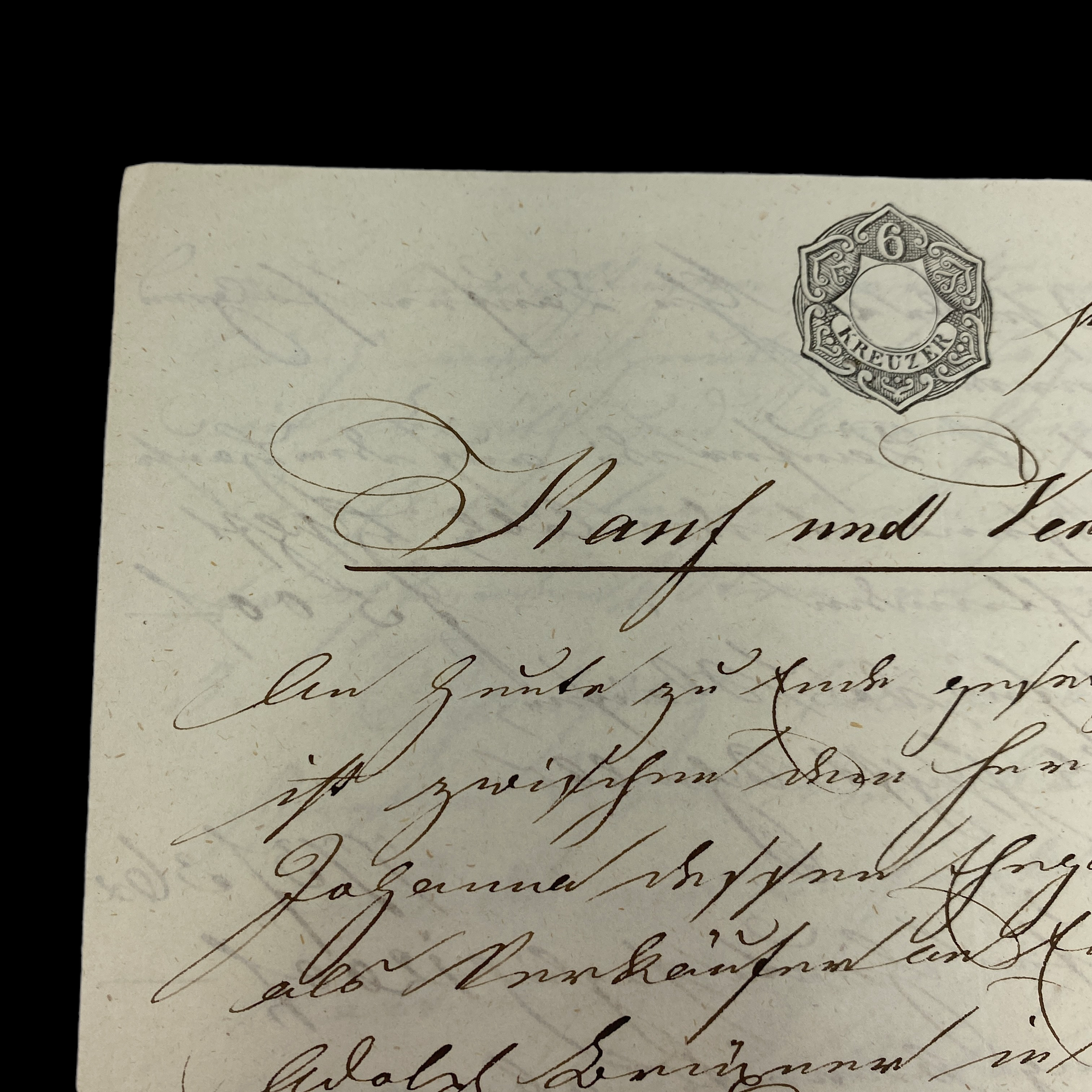

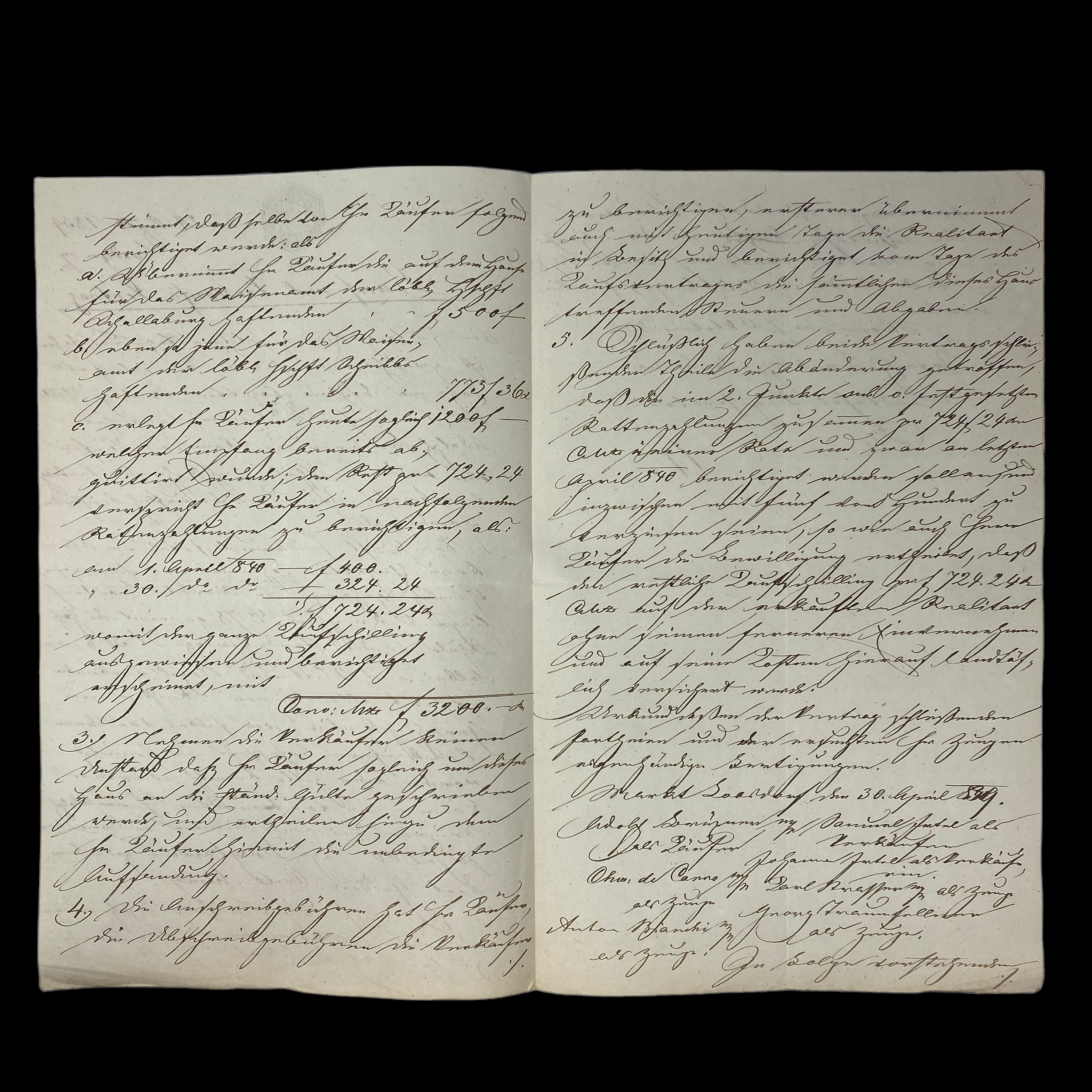
RARE! Original Antique 1839 Hand Written Ink Historical Manuscript Document
Comes with C.O.A.
For sale is an original hand written manuscript dating back to 1839. This one-of-a-kind piece of history is a treasure for any collector or historian. The manuscript is written in beautiful script, and is in excellent condition for its age. It is a unique window into the past and a valuable addition to any collection. Don't miss out on the opportunity to own a piece of history.
1839 was a year of significant political and social change around the world. In Europe, the ongoing process of industrialization was beginning to transform the continent, with new technologies and economic systems leading to both prosperity and poverty.
In the United Kingdom, Queen Victoria had just ascended to the throne and would go on to rule for over 60 years. The country was experiencing a period of economic growth and expansion, with the rise of new industries such as textiles, iron and steel production, and railway construction. The British Empire continued to expand its territories, with the conquest of Sindh in present-day Pakistan and the establishment of British rule in Hong Kong.
In France, King Louis-Philippe was still in power and the July Monarchy was in its full swing. The country was also experiencing an economic boom, with the expansion of industry and the growth of new technologies. However, the gap between the rich and poor was becoming increasingly pronounced, leading to social unrest and political turmoil.
In the United States, the country was on the brink of a major economic recession, known as the Panic of 1839. This was caused by a combination of factors including a drop in cotton prices, a decrease in foreign trade, and a failure of several banks. The recession had a major impact on the country, leading to widespread unemployment and poverty.
In Latin America, the Spanish Empire was in the process of losing its control over the continent, with several countries gaining independence in the early 19th century. In 1839, the Confederation of Central America dissolved and the countries of Costa Rica, Guatemala, Honduras, Nicaragua, and El Salvador became independent.
In Africa, the slave trade was still a major issue, with an estimated 80,000 enslaved Africans being transported across the Atlantic every year. The British government had banned the transatlantic slave trade in 1807, but it was still widely practiced by other countries. In 1839, the British government established a naval squadron to patrol the West African coast and intercept slave ships.
In Asia, the opium trade was a major issue, with the British East India Company exporting large quantities of opium to China. This led to the Opium Wars between China and Britain, with the first war beginning in 1839. The war was sparked by China's attempts to ban the opium trade and resulted in a series of defeats for the Chinese, leading to the Treaty of Nanking in 1842, which ceded Hong Kong to the British and opened several Chinese ports to foreign trade.
In summary, 1839 was a year of significant political and social change around the world, with new technologies, economic systems, and territorial conquests shaping the future of countries and the lives of its inhabitants. The impact of the Industrial Revolution and the emergence of new technologies and industries can be seen in Europe, the United Kingdom, and France, while the United States was struggling with the effects of a major economic recession. Latin America was witnessing the dissolution of Spanish Empire and the emergence of independent countries, while Africa and Asia were grappling with the issues of slave trade and opium trade respectively.